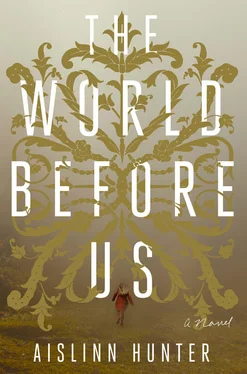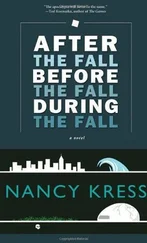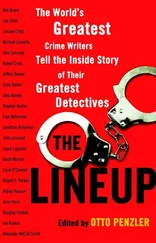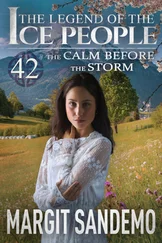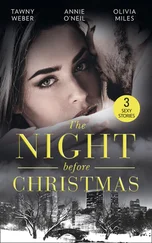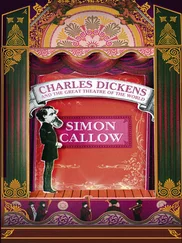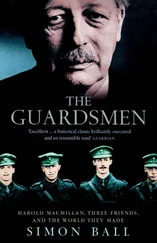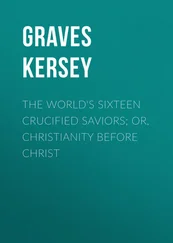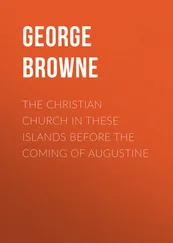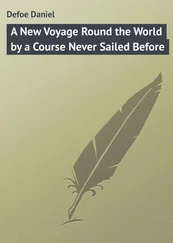Jane finds three squat boxes of photographs neatly stacked in the file drawer but when she opens them the mix of originals, copies and photocopies is disheartening. She’s already anxious someone will find out she’s here, that Maureen will have called the police, or that Blake will see her through the window and tell Gwen that she’s been lying about her name, lying about her connection with William.
At first glance there’s nothing that seems to distinguish one box from the other. Jane can’t discern any system or rationale but surmises, once she’s rummaged through a handful of photos on the top of each pile, that the boxes might be organized roughly by era. She starts with one where the clothes in the photos match the 1870s and ’80s, and leafs through the images, waiting for something she recognizes to present itself.
George Farrington appears in about a third of the photographs Jane is working through. He strikes Jane as far more handsome in these candid shots than in his formal studio-based portraits, where he stands stiffly with a top hat in one hand and a book in the other. The studio portraits are the ones that crop up in the books Jane’s been reading. One of them, a static image of Farrington in front of an urn, is familiar from William’s last chapter in The Lost Gardens of England , and for a second Jane remembers how she felt when she arrived at the start of that chapter, how she read every word that William had written, looking for some trace, some thought of her.
Norvill is less expected. In one photo where he is in his early twenties, he is standing without a jacket in front of a scarp of rock, holding a length of rope. He has a gentle face, fair hair with sun-kissed streaks in it, and an athlete’s body. His steady gaze makes him appear both arrogant and honest. It has always struck Jane as odd that he would have been a climber, in the footsteps of his famous brother; it occurs to her now, studying him, that maybe he had been the climber first, because he was studying geology, and it was George who followed.
The majority of the photographs are of the gardens, albumen prints from glass negatives that have browned over the century, the trees dark and shadowy behind the bright patches of light flowers, their pinwheel shapes, the closed fists of the roses, captured crisply. The close-ups of the gardens seem to have been copied multiple times, and as Jane sorts through the duplicates it occurs to her that the gardening company outside had probably used the images to ascertain what was planted where. These detailed images would fill in the blanks in the Farrington gardeners’ notebooks, in George Farrington’s own garden journals.
In a packet of cartes de visite and personal photos, there is an image of Charlotte Chester in a paisley dress. The image has been cut in a circle, as if placed in a small bedside frame or carried inside a pocket watch. It shocks Jane to see her in this context, to see her here at Inglewood, pared off from Edmund and the children.
The rest of the figures in the packet are strangers: a man in a hack, another in a hammock, an Indian who must be George’s valet standing by the stables with a seed bag in his hand, surrounded by peacocks. Jane’s gaze slides quickly over the theologian because she does not know him — although he, now standing at her shoulder, recognizes himself: a man invited to pose against a stone wall in order to establish scale, a trivial embellishment in an image intended to show off the first blooms of the spring garden, the lilting magnolias.
The photograph of the Farrington household is near the bottom of the second box. It is from a later period than interests Jane: the small day-hats and high collars on the female servants suggest the mid-1880s. It was taken on the front lawn between two spheres of ornamental shrubbery, and the group is arranged around Prudence, who stands solemnly beside Norvill in her black mourning dress. She is plump and soft-chinned, her arm looped under her son’s. Cato — the lurcher who’d featured in almost every image of George — is gone, replaced by a terrier curled up next to a Doric column, a young boy’s hand on the dog’s head.
We watch Jane study each face the way she first studied the hummingbirds: one after the other, equal weight and consideration given to every person. There is the stable boy, the under butler, a man in a wide-brimmed straw hat who must be the head gardener; here is an aging footman with a side parting . Jane moves her eyes over their features and at the end of the second row she sees the smiling face of a young woman in a housemaid’s uniform, a simple black dress with lace cuffs. She is in her mid-twenties here, her expression less wistful than when Jane first saw her photo in the records office, but Jane remembers her exactly — the gloss of dark hair, the narrow shoulders and bright complexion of the girl with the sewing basket sitting on the lawn of the Whitmore.
Jane asks Gwen if she might borrow a piece of unlined white paper from the photocopier. Gwen says, “Go ahead,” and watches as Jane draws circles on it that correspond to the positions of the staff in the household photograph. She writes Prudence Farrington’s name in the middle circle and Norvill Farrington’s beside it, and in the place of the housemaid in the second row she writes: Nora Hayling .
And because Gwen is an archivist, and knows that every scrap of information can carry within it tremendous value, she smiles at Jane over her laptop and says, “Well done, you.”
As she looks at the photograph of herself on the lawn at Inglewood House, the one with the soft voice feels the doubling that comes with the bowed gift of time; it is a doubling that she feels again as she looks at Jane packing up her notebook and pencils to walk out with Gwen.
I have to do something , she had thought once, when she had a body, when she had a name, when Herschel and Leeson trudged across the lawn and no one, not even the Matron, saw them. Nora had slipped out through the kitchen to go after them, thinking that she might be able to convince them to return, that if they came back quickly no one would know they’d left the picnic. But the day was beautiful and the trees were fluttering their leaves at the sun, and the ground was drying beneath her. After a while, she stopped plotting her arguments. By the time she caught up with Herschel and Leeson in a clearing, the distance between her and the Whitmore felt good.
For two weeks she’d been keeping her head down, organizing her workday in ways that would allow her to avoid Bream. After he cornered her in the storeroom and forced her up against the shelves, she told the Superintendent that she had a fever and Thorpe allowed her to take the hospital mending up to her room. For three days she barricaded the door with her wobbly dresser, listening for the sound of footsteps in the hall. It wasn’t that Thorpe wouldn’t believe her, if she told. It was just that he was a man, and not wanting to think that it had happened as she said, he might try to find some fault in her.
In the middle of the whisking woods, Herschel and Leeson ahead of her, Nora lifted her head and thought, This is what my life could be . It didn’t bother her that the idea came without a corresponding image or a clear notion. It was enough that it suggested something else, a different way of relating to the world, another mode of being.
When they arrived at the foot of the Inglewood estate lawn, Nora thought about all the turns they’d made in the woods, the seemingly endless circles, the three times they’d realized they’d doubled back on themselves, and she laughed. How comical it was that they would arrive here — at the house of the botanist she had danced a quadrille with at the ball, the one whose face she’d studied while Samuel Murray recited his poem, who’d turned his fleeting attention on her later, taking the exotic flower from his lapel and placing it gently behind her ear. It seems that you are one of the only ladies at the ball without a flower .
Читать дальше
